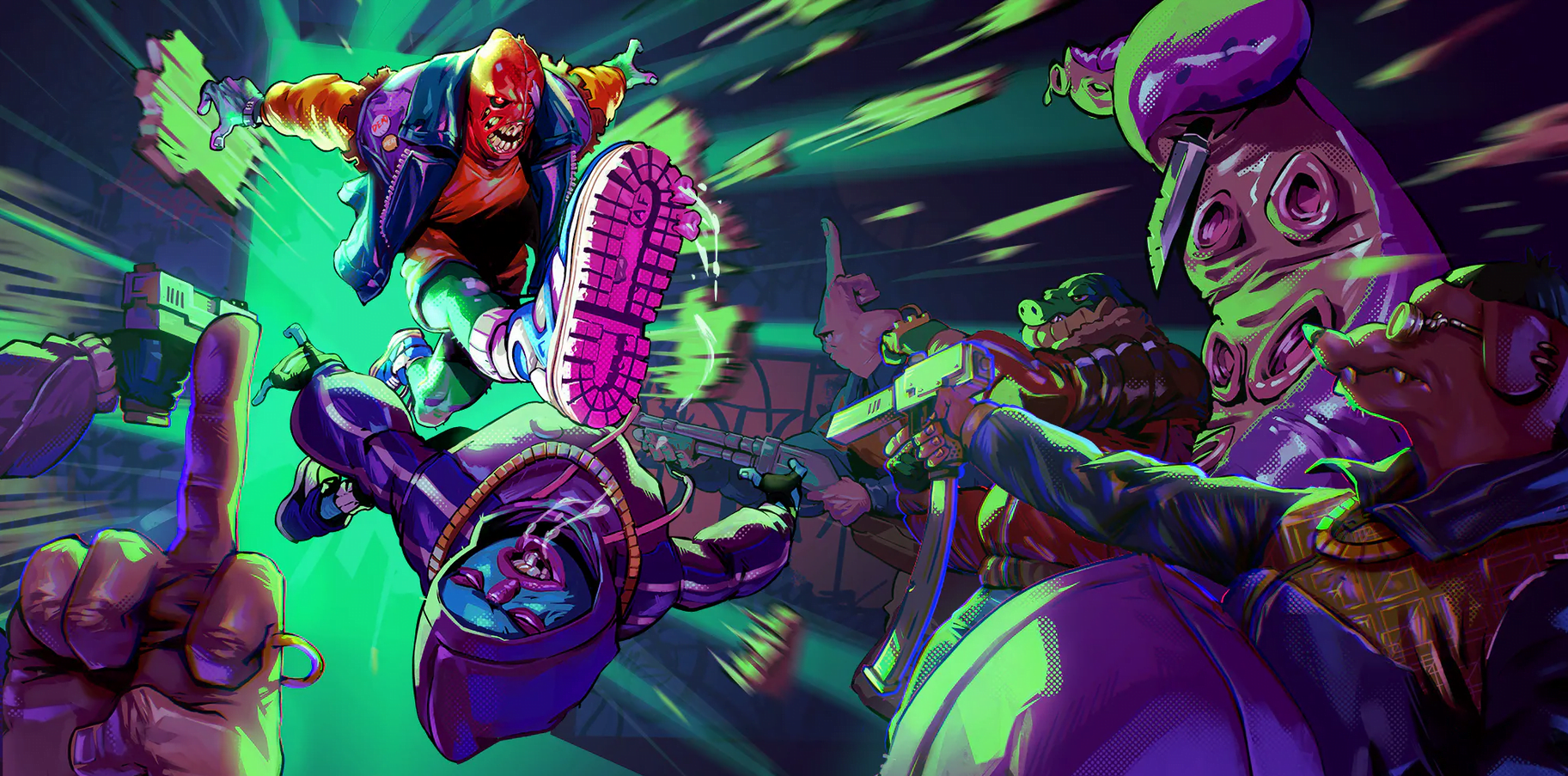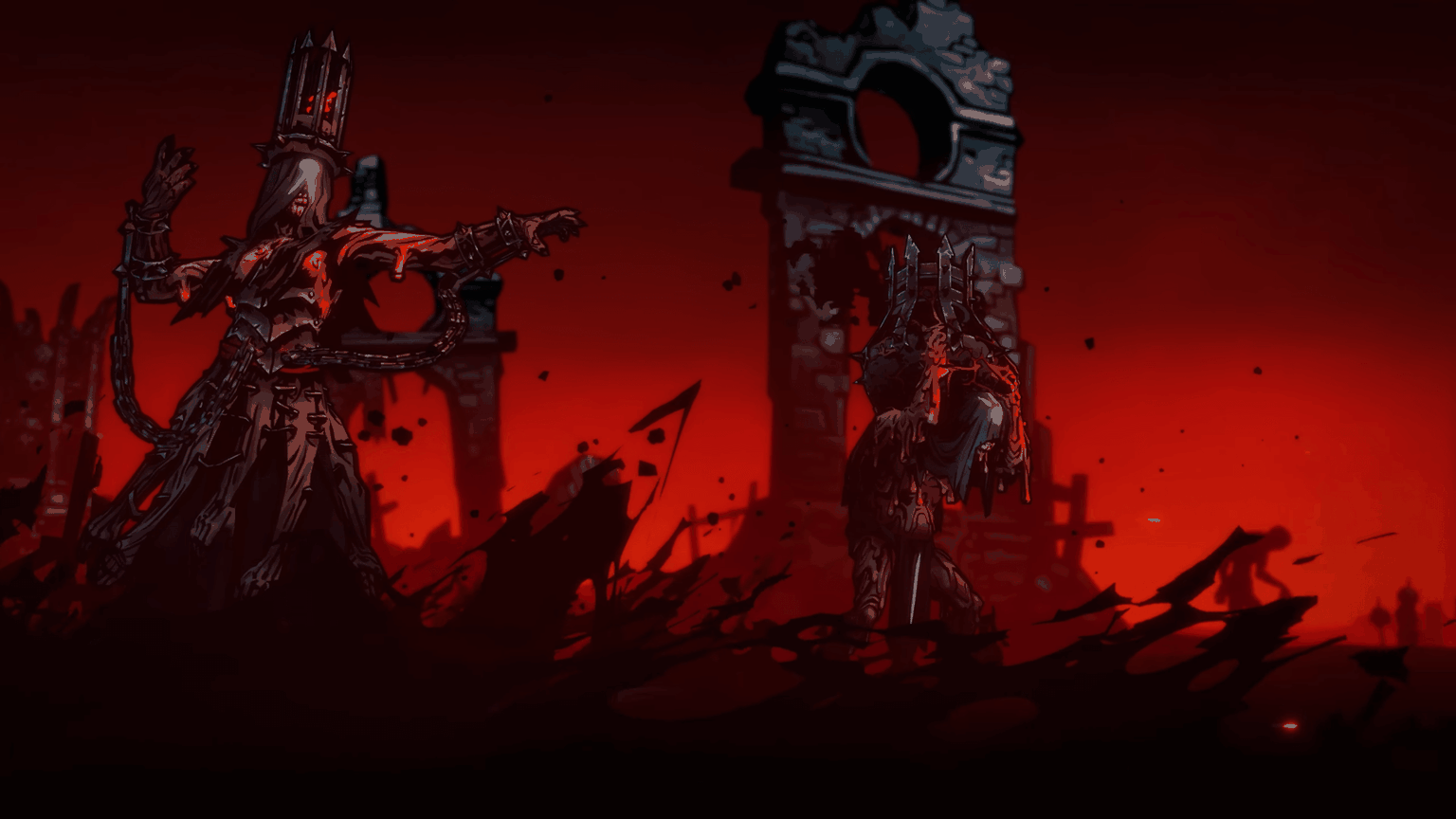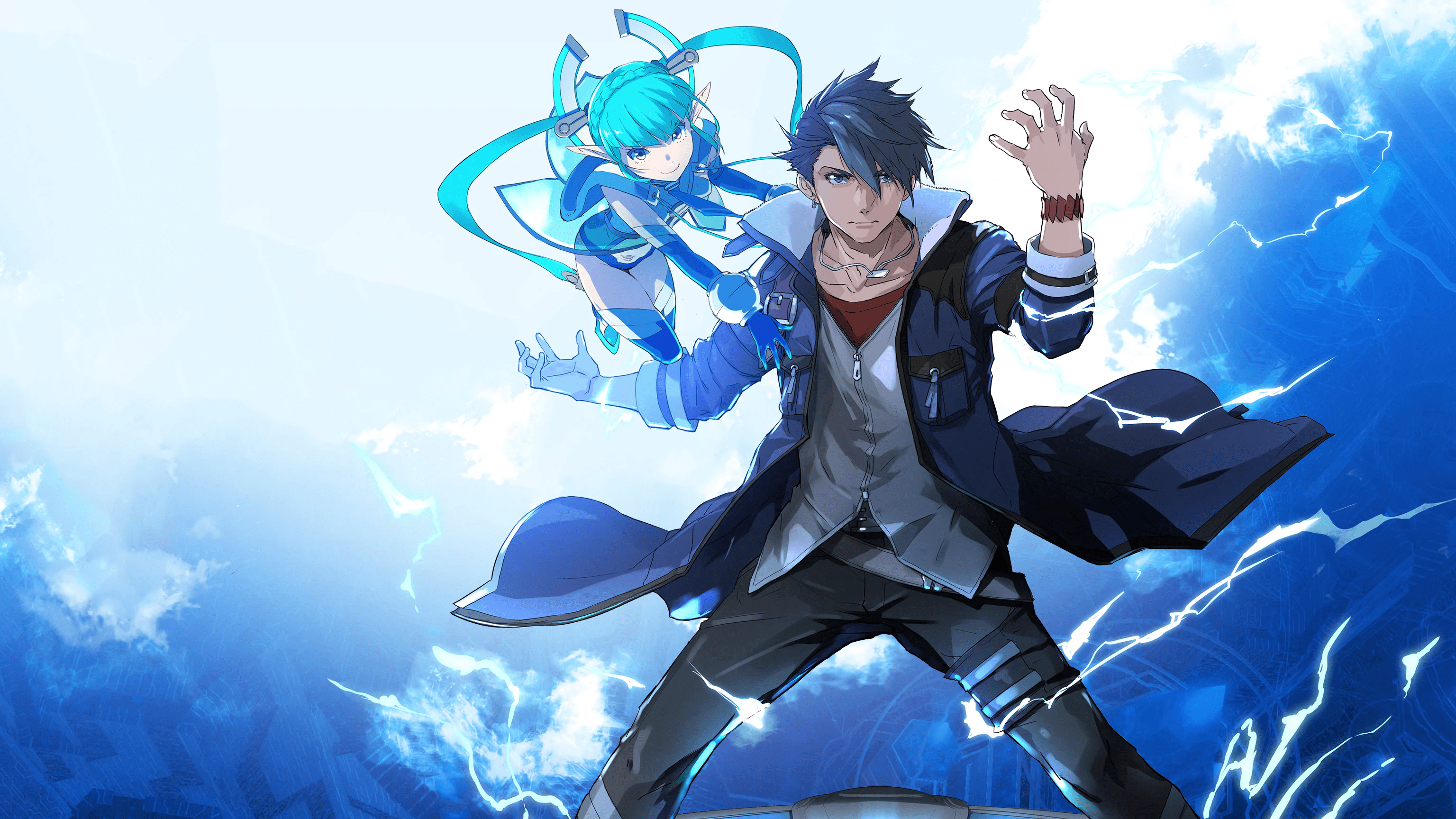The things that make Dead Cells great are numerous. The fast, fluid movement. The weighty, satisfying combat. The fact that its developer, Motion Twin, is a worker co-op where everyone has equal pay and say over the company. But above all, it’s how excellent the game feels to play that brings it all together.
“Game feel” is one those nebulous things that can make or break a game. Defining the specifics of what makes a game feel good, however, is difficult because it’s largely intangible. It’s not just a matter of having good, responsive controls; it’s not just well-designed mechanics and systems interacting with one another in perfect synergy; it’s not just including cool visual flourishes to add impact to your actions. It’s some of those things, certainly, but largely it’s something you just know is there or not.
Dead Cells is one of those cases. Right from the start, everything just clicks: everything feels good, feels right. Dead Cells is a roguelike with some Metroid-inspired elements, namely in its world design and how you slowly gain abilities that grant you access to new areas. It’s a standard side-scrolling action game on the whole, but it’s also a very good one.

Moving through each zone is a joy. Your character is able to cover ground quickly, such that you can run through an area in a flash if you so desire. In fact, the game goes so far as to encourage it by rewarding you for doing so. As you unlock more abilities, traversal only gets better. At the start, you can only run and jump. But later you’re able to climb walls, break through floors, and more. With each new ability, you’re able to explore more of each area and access entirely new ones, which in turn makes traversal on the whole more varied and fun as well.
Fighting your way through them is equally satisfying. The key lies in its variety. You have a massive arsenal of weapons and skills at your disposal. Every skill, every weapon is unique — such that no two swords are the same, everything from their behavior and properties down to the animations differ — allowing a wide variety of character builds between runs.
Throw down some turrets to soften your targets up as you close the distance to deliver the final blow. Stop them in their tracks with an ice grenade before setting them ablaze to deal additional damage while you slash away. You can go all in on ranged combat and never let enemies get anywhere close to you, or you can focus on close-combat and obliterate anything that comes anywhere close to you. Or grab a shield and just parry your way to victory. However you decide to play, Dead Cells gives you the means to do so, and make it satisfying to boot.
But what makes Dead Cells succeed goes beyond just nailing the fundamentals. Those are important aspects, certainly, but it’s the little touches that tie everything together. Things that, on their own, sound insignificant, but in the context of play make a big difference.

Running, jumping, and rolling around is enjoyable partially due to how agile your character is and how responsive the controls are, but also things like, say, your character automatically climbing knee high steps instead of requiring you to jump onto or over them. Or being able to ground pound to prevent yourself from taking damage or being stunned when falling from a great height. Likewise, being able to interrupt combos by rolling behind an enemy only to resume where your combo left off help make combat extremely satisfying.
Even stuff like the screen shake whenever you slam into the ground or a heavy weapon hits its target, the satisfying swoosh on each swing or the impact of each hit, the smooth and expressive animations for every character and enemy you meet, or even being able to roll through doors and see them break into a bunch of tiny pieces. All of it works in tandem to make the game feel good.
Without any one of them, Dead Cells wouldn’t be nearly as good. It might still be a solid game, but it wouldn’t feel as good. Even if everything still worked from a raw mechanical perspective, without those extra details, the action wouldn’t feel nearly as satisfying. Without it, Dead Cells wouldn’t be Dead Cells.




